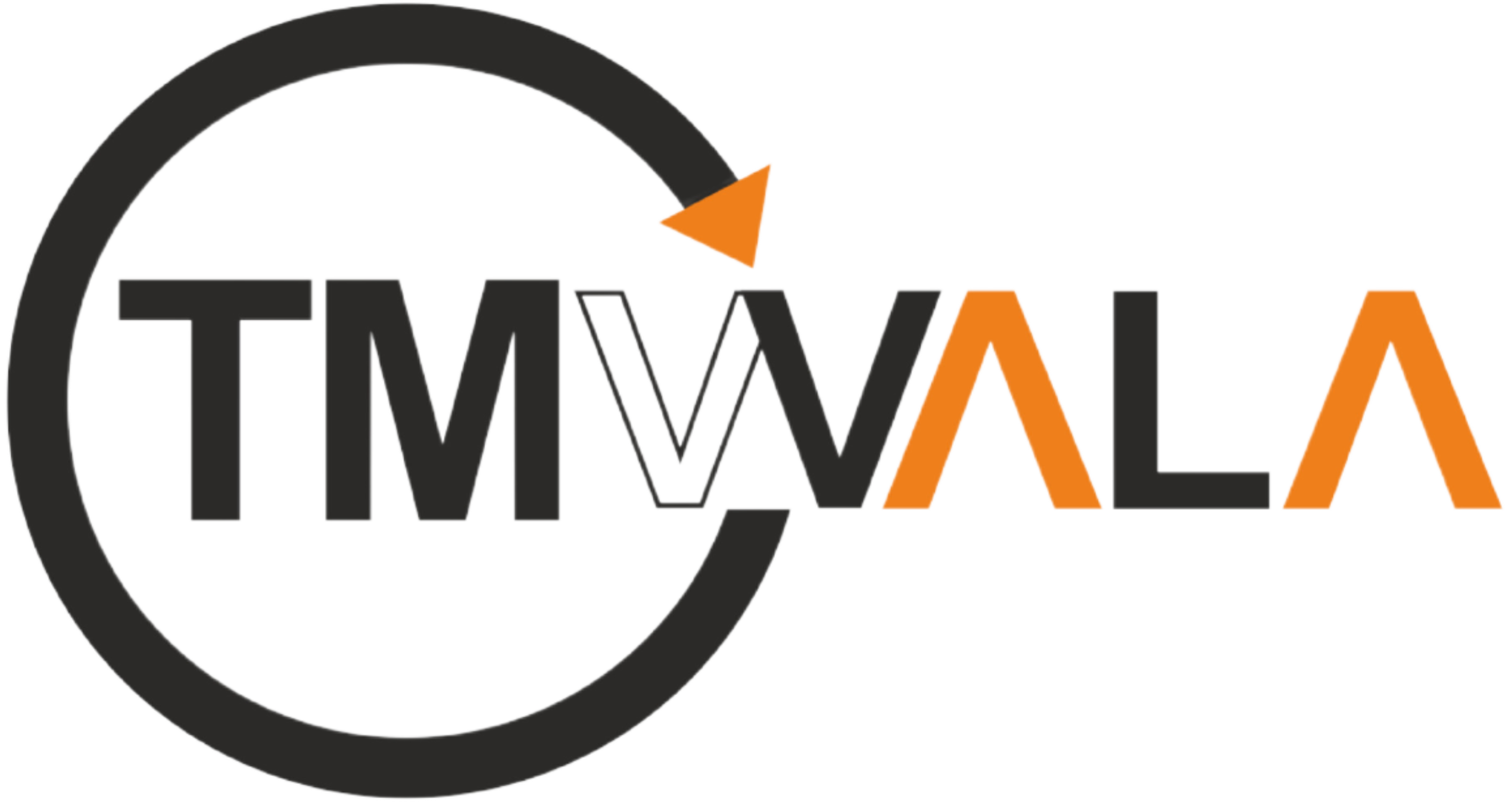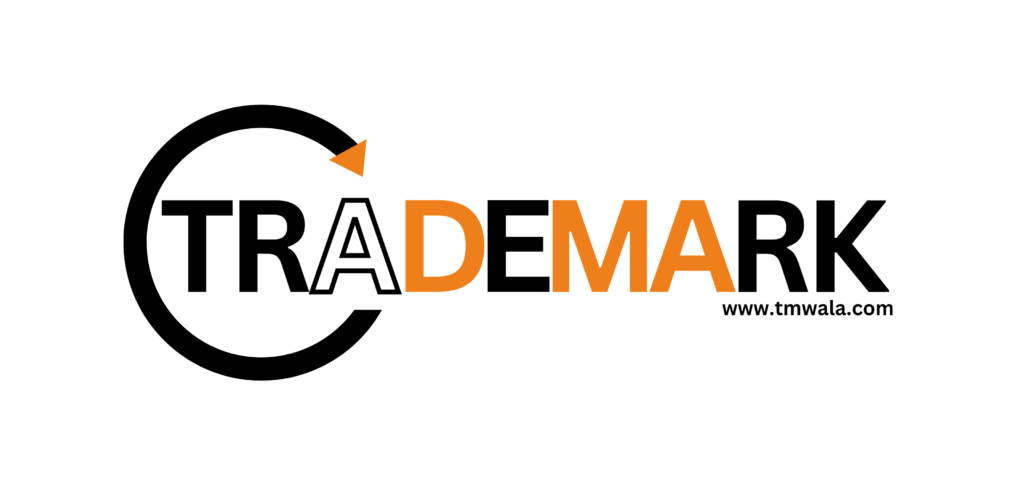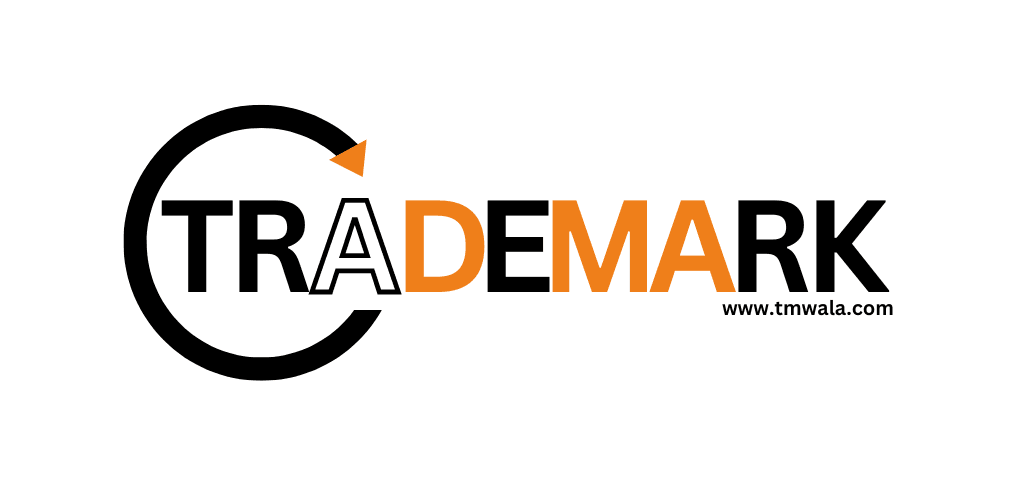In the realm of Intellectual Property Rights (IPR), protecting and managing industrial designs is essential for ensuring that unique and original designs remain exclusive to their creators. One critical step in the process of securing design protection is conducting a design search. This blog provides a detailed and accessible overview of design search in industrial design, explaining why they are important, how to conduct it, and key considerations for designers and businesses.
What is a Design Search?
A design search is an investigation conducted to identify existing designs that may be similar or identical to a new design before it is registered. This search helps determine whether the design is novel and original, which are key requirements for industrial design protection. A design search aims to assess the likelihood of successful registration and avoid potential conflicts with existing designs.
Importance of a Design Search
1. Ensures Novelty and Originality. A design search helps ensure that the new design is unique and not similar to any pre-existing designs. This is crucial for meeting the novelty and originality criteria required for design registration.
2. Reduces Risk of Infringement. By identifying similar designs, a design search can help avoid potential infringement issues. Knowing what designs are already registered or publicly disclosed allows designers to adjust their designs or address potential conflicts before proceeding with registration.
3. Enhances Registration Success. Conducting a thorough design search increases the chances of successful registration by identifying and addressing potential obstacles early in the process. It helps streamline the registration process and reduce the likelihood of objections or rejections.
4. Informs Strategic Decisions A design search provides valuable information about the competitive landscape and existing design trends. This knowledge can inform strategic decisions related to design development, marketing, and business planning.
How to Conduct a Design Search
Define the Scope of the Search
a. Identify the Design Elements: Determine the key visual elements of the design, including shape, pattern, color, and configuration. These elements will guide the new design and the design search.
b. Specify the Relevant Classifications: Designs are often categorized into different classes based on their function and appearance. Identify the relevant design classifications to focus the search on the appropriate categories. Properly classifying the design ensures a focused and effective design search.
Use Design Search Tools and Databases
a. National Design Databases Many countries maintain national design databases where registered designs are listed. These databases can be accessed online to search for existing designs within a specific jurisdiction. In short, access national IP offices’ databases to conduct a design search within specific jurisdictions.
b. International Design Databases For broader searches, use international design databases such as the Hague System. The Hague System provides access to registered designs from multiple countries, facilitating global design searches across various countries.
c. Commercial Search Services Professional search firms and intellectual property attorneys offer design search services. These experts use specialized tools and databases to conduct comprehensive searches and provide detailed reports.
Conduct the Search
a. Keyword and Image Searches Utilize keyword searches to find designs related to specific terms or descriptions. Image-based searches, using visual recognition tools, can help identify designs that are similar in appearance to the new design. Image recognition tools to perform the design search, ensuring no similar designs are overlooked.
b. Review Search Results: Examine the search results to identify designs that may be similar to the new design. Assess the degree of similarity, including visual, conceptual, and structural aspects. In short, thoroughly analyze the outcomes of the design search to identify any existing designs that might conflict with the new submission.
c. Analyze Potential Conflicts: Evaluate the potential impact of identified designs on the new design’s novelty and originality. Determine whether the new design can be differentiated sufficiently from existing designs or if modifications are needed.
Document and Report Findings
a. Compile a Search Report: Prepare a detailed report summarizing the search results, including identified designs, their classifications, and relevant details. The report should also include an analysis of potential conflicts and recommendations for proceeding. Prepare a detailed report summarizing the design search results, highlighting key findings, potential conflicts, and recommendations.
b. Consult with IP Professionals: Discuss the design search findings with intellectual property attorneys or design experts. They can provide legal advice, assist with interpreting the results, and recommend strategies for addressing potential issues.
Key Considerations in Design Searches
Scope and Thoroughness
a. Comprehensive Search: A thorough design search should cover all relevant jurisdictions and design classifications. It should include both registered and unregistered designs, as well as designs disclosed in public domain sources.
b. Periodic Searches: Design trends and registrations evolve. Conduct periodic design searches, especially for ongoing or new design projects, to stay informed about potential conflicts.
Interpreting Search Results
a. Similarity Analysis: Assess the degree of similarity between the new design and existing designs. Consider factors such as visual resemblance, conceptual overlap, and design elements. Carefully assess visual, conceptual, and structural similarities revealed in the design search results.
b. Legal Advice: Seek legal advice to interpret the design search results and understand their implications for design registration. Attorneys can provide guidance on how to address potential conflicts and ensure compliance with design registration requirements.
Global Considerations
a. International Markets If planning to market the design internationally, conduct design searches in relevant countries or regions. This helps ensure that the design complies with local design regulations and avoids conflicts in foreign markets.
b. International Treaties Consider using international design search registration systems, such as the Hague System, to streamline the search and registration process across multiple countries.
Updating Designs
a. Design Modifications If conflicts are found during the design search, consider modifying the design to differentiate it from existing designs. Ensure that any changes are sufficient to meet novelty and originality requirements.
b. Ongoing Monitoring After registration, continue monitoring the design search for potential infringements and new design registrations. This helps protect the design’s exclusivity and address any emerging conflicts.
Conclusion
A design search is a critical step in the process of securing industrial design protection. By conducting a thorough search, designers and businesses can ensure the novelty and originality of their designs, reduce the risk of infringement, and enhance their chances of successful registration.
Understanding the importance of design searches, how to conduct them effectively, and key considerations for interpreting search results can help designers and businesses navigate the complexities of design registration. Whether using national or international databases, seeking professional assistance, or analyzing search results, a comprehensive approach to design searches is essential for protecting valuable intellectual property assets. A robust design search strategy is essential for safeguarding intellectual property assets.
For those involved in industrial design, investing time and resources in design searches is a proactive strategy that can lead to successful design registrations and strategic business advantages. By staying informed and seeking expert advice, designers and businesses can effectively manage their design portfolios and safeguard their creative innovations. This was all about design search throughout the globe. Moreover, if you want to register your design search with us, click here.
FAQs
1. Is a design search legally mandatory before filing for industrial design protection?
No, a design search is not legally required, but it is strongly recommended. Skipping it may lead to rejection, infringement issues, or wasted registration fees.
2. Can AI tools or software automate a design search?
Yes, some modern IP tools use AI-powered image recognition and pattern analysis to assist in visual similarity checks, but human judgment is still critical in interpreting results.
3. How long does a thorough design search typically take?
Depending on the scope and jurisdictions involved, it can take anywhere from a few hours (for a basic national search) to several days or even weeks (for international and complex cases).
4. What is the cost of hiring a professional design search firm?
Costs vary, but basic searches may range from $200–$500, while comprehensive international searches with legal opinions may exceed $1,000, depending on complexity.
5. Can a design search uncover unregistered or unpublished designs?
No, design searches typically only cover registered or publicly disclosed designs. Private or trade-secret designs will not appear in any searchable database.
6. What happens if I skip the design search and someone later claims infringement?
You could face legal action, forced design modifications, injunctions, or financial penalties. A design search acts as a preventive legal safeguard.
7. Is the design search process different in fast-evolving industries like fashion or tech?
Yes. In industries with rapid turnover, searches should be more frequent and include trend databases, industry publications, and unregistered design disclosures.
8. How do cultural or regional design differences affect search results?
Design originality is judged differently across jurisdictions. A design rejected in the EU might still be registrable in Asia. That’s why regional searches are essential for global filings.
9. Can I use a utility patent or trademark database for design search?
No. Utility patents and trademarks protect different aspects of IP. Design searches should be done in dedicated industrial design or design patent databases.
10. Will conducting a design search protect me from future design theft?
No. A design search doesn’t offer protection by itself—it only helps you register your design. Enforcement against theft begins after registration, through monitoring and legal action.















